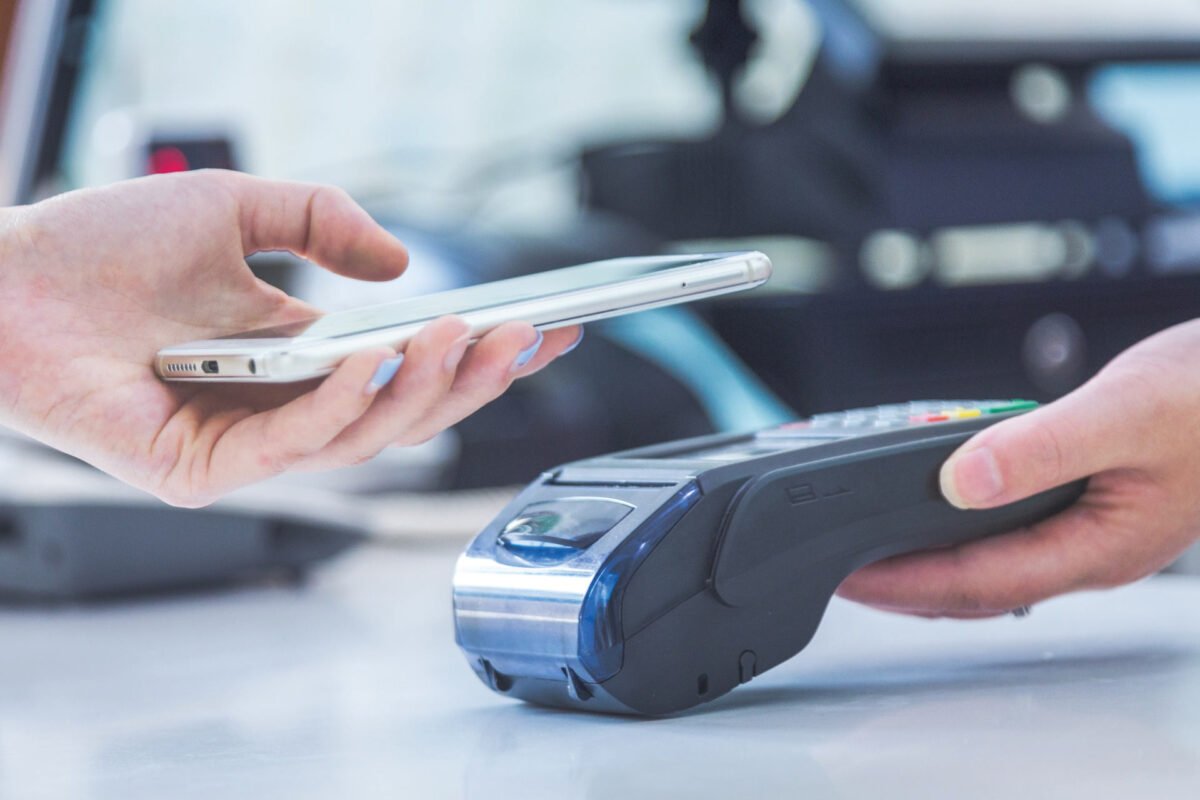Economic challenges in the past few months – such as record inflation and employee layoffs – compounded by indications of a looming recession have highlighted the importance of financial education to the average American. These days, consumers are paying closer attention to their finances and being more mindful of how they spend their money and which services they use to pay bills.
With the world of payment and e-commerce constantly evolving, the shift to alternative payment methods has come to the forefront, and it’s expected we’ll see this trend continue in the year ahead.
The factors behind the adoption of alternative payment methods
One of the key factors behind the adoption of alternative payment methods is the increasing prevalence of e-commerce. As more people shop online, there is a growing demand for convenient and secure ways to pay for goods and services digitally. This is no longer just about typing in a credit card number.
With so many people using their smartphones for everything from shopping to banking, merchants and payment providers need to offer payment options that are compatible with mobile devices to stay competitive. Similarly, with an estimated 51% of Americans using contactless payments, we can also expect more merchants to adopt and upgrade their contactless payment processing technology in the coming year.
Alternative payment methods often serve as the foundation for other financial services. For instance, mobile payment platforms may offer additional features such as loans, insurance, or investment products. By providing these services directly within the payment app or platform, it becomes easier for consumers to access and use financial services, therefore, embedded finance is set to flourish in 2023.
Embedded finance
Embedded finance refers to the integration of financial services and offerings into non-financial products and platforms. This can include the repayment of loans automatically from payroll, offering payment and lending options within a retail app, or adding insurance features to a ride-sharing service.
According to McKinsey, the importance of this integrated experience for customers is a core reason why embedded finance reached $20 billion in revenues in the US in 2021. It has the potential to transform the financial world as it makes financial services more accessible to consumers without the know-how, confidence, or access to pursue financial products directly. It also allows financial institutions to create innovative financial offerings in a variety of fields and deliver them through products or services already utilized by consumers.
The opportunities embedded finance presents benefit not only the customers but banks and technology companies as well. This is crucial, especially as the number of businesses looking to diversify their revenue streams grows, and companies introduce more seamless customer experiences. It allows non-financial companies to enter the financial services space and offer lending options to their customers through a financial institution or fintech partner, potentially disrupting traditional methods of accessing financial services. A fast-growing field is lending with automatic repayment directly through payroll. For many years this was an exclusive embedded financing available solely to federal government employees that paid their loans through allotments. In recent years, more fintech companies built the technology and the offerings to reach out to the private and public sectors and allow their employees to benefit from affordable loans that are repaid directly through payroll.
Digital wallets
Digital wallets often serve as the platform for alternative payment methods and embedded finance.
With the growth of online banks, the use of digital wallets and virtual cards is expected to surge. According to a study by Juniper Research, the total number of users is expected to exceed 5.2 billion globally in 2026, representing growth of over 53% from the 3.4 billion users in 2022.
Digital payment transactions have grown rapidly in the US, especially as the pandemic accelerated trends to utilize contactless payments and e-commerce. North America is currently the largest market for digital wallets.
One reason digital wallets are likely to be pushed to the forefront of payment methods in 2023 comes back to the increasing prevalence of mobile payments and the ease and convenience they offer.
They allow users to make purchases with a single tap or scan, eliminating the need to enter payment information manually or carry physical cards. When it comes to storing and managing payment information, digital wallets typically use strong encryption and multi-factor authentication to protect against fraud and cyber-attacks.
Contactless payments are typically referred to as ‘tap to pay’ technology, where a consumer taps their card on a credit card machine, rather than inserting a chip, or handing the card to a cashier. Contactless payments are user-friendly and more secure, resulting in fewer stolen credit card numbers and fraudulent charges.
We are already seeing adoption accelerating, with more online marketplaces including digital wallets in their offerings and consumers increasingly loading more payment methods onto their wallets. Additionally, if a credit card is stolen, the bank can immediately reissue a new digital credit card, avoiding the risk that the consumer will adopt a different credit card while waiting for a physical credit card to be delivered by mail.
The path to financial inclusion
Perhaps the most important and exciting aspect of digital wallets, and embedded finance for that matter, is their potential to increase financial inclusion. Together, they help give people who may not have access to traditional financial services the option to use payment and lending options through non-financial platforms already available to them. The potential to increase the inclusion of minorities in mainstream financial services is tremendous. Additionally, non-financial organizations are in a better position to serve their customers, increase loyalty, enhance customer experience, and improve engagement.

Einat Steklov, Founder at Kashable
Einat is an accomplished executive with P&L accountability, at the confluence of law and finance. She is results-oriented with proven success in financing companies with responsibility for strategic market positioning and demonstrated track record in increasing sales and building brand recognition in highly competitive markets. She combines business acumen with innate leadership abilities to recruit, build and retain top-performing professionals and excels in dynamic, challenging environments while remaining pragmatic and attentive. Einat is the founder of Kashable, a financial wellness company that offers socially responsible financing to employees as an employer-sponsored voluntary benefit and was created with the vision of transforming the way working America accesses credit by providing financing solutions that empower employees to take charge of their health, wealth and financial wellness. Kashable works with employers to provide employees with access to low-cost credit to help bridge the financial gap caused by personal emergencies and other times of hardship. Kashable’s financial wellness program offers an intelligent alternative to 401(k) loans, credit cards, and pay advances. Einat founded Kashable. Einat is also the founder of Coral Capital Solutions, a commercial finance company specializing in factoring and asset-based lending that launched in 2008. Since its inception, Coral Capital has enabled dozens of businesses that otherwise would not have been able to successfully grow, improve their performance, and realize their full potential through Coral Capital’s affordable financing solutions.



